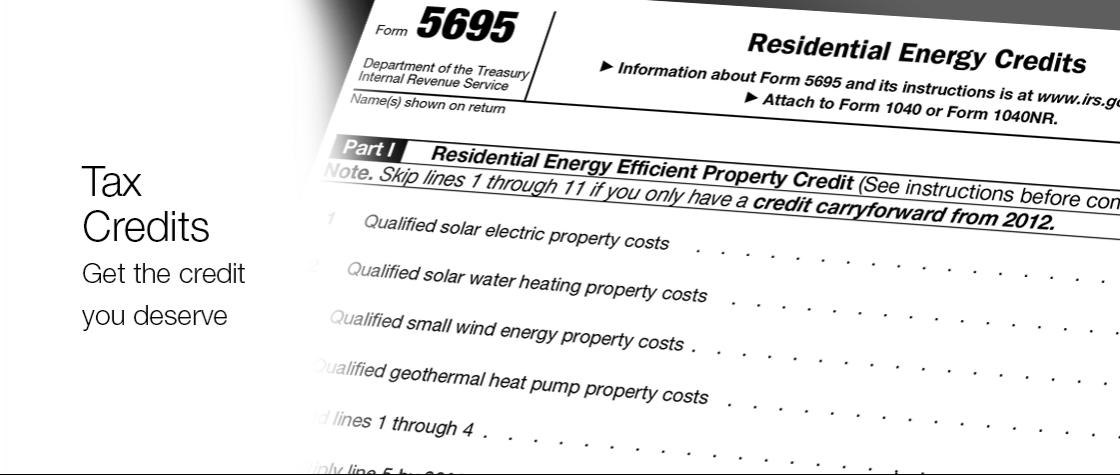Efficiency improvements installed during 2017 and 2.
Energy efficiency tax credit 2017.
A tax credit reduces the amount of tax you have to pay.
Any residential energy property costs paid or incurred in 2017.
The renewable energy tax credits are good through 2019 and then are reduced each year through the end of 2021.
The non business energy property tax credits have been retroactively extended from 12 31 2017 through 12 31 2020 tax credit.
Federal income tax credits and other incentives for energy efficiency.
That means if you made any qualifying home improvements in 2017.
If you don t pay any taxes then you can t get the tax credit for renewable energy.
Here are some key facts to know about home energy tax credits.
However this credit is limited as follows.
Federal energy efficiency tax credit 2020 status.
Part of the huge bipartisan budget act passed last month was an extension of tax credits for energy efficient upgrades to your home.
The tax credit for builders of energy efficient homes and tax deductions for energy efficient commercial buildings have also been retroactively extended through december 31 2020.
Taxpayers who made certain energy efficient improvements to their home last year may qualify for a tax credit this year.
Claim the credits by filing form 5695 with your tax return.
Federal tax credits for consumer renewable energy.
For example if you owe 800 in taxes at the end of the year and you get a 300 tax credit then you will only owe 500.
A credit limit for residential energy.
You may qualify to claim one of two different tax credits.
Taxpayers who upgrade their homes to make use of renewable energy may be eligible for a tax credit to offset some of the costs.
The non business energy property credit or the residential energy efficient property credit reep.
A total combined credit limit of 500 for all tax years after 2005.
Non business energy property credit.
Irs tax tip 2017 21 february 28 2017.
Homeowners can claim a federal tax credit for making certain improvements to their homes or installing appliances that are designed to boost energy efficiency.
Under the further consolidated appropriations act 2020 which was signed in december 2019 the u s.
A combined credit limit of 200 for windows for all tax years after 2005.
Through the 2020 tax year the federal government offers the nonbusiness energy property credit.
Tax credits for residential energy efficiency have now been extended retroactively through december 31 2020.
Government renewed the nonbusiness energy property credit available for both 2018 and 2019.
Each credit is a little bit different but they both may help you cut taxes and save on energy bills at the same time.

